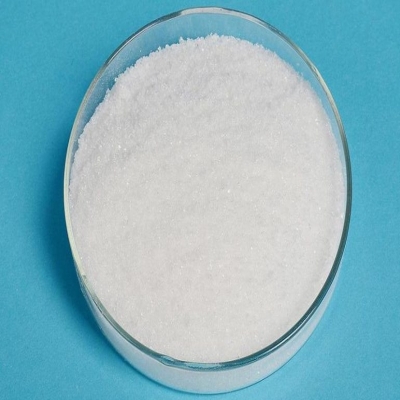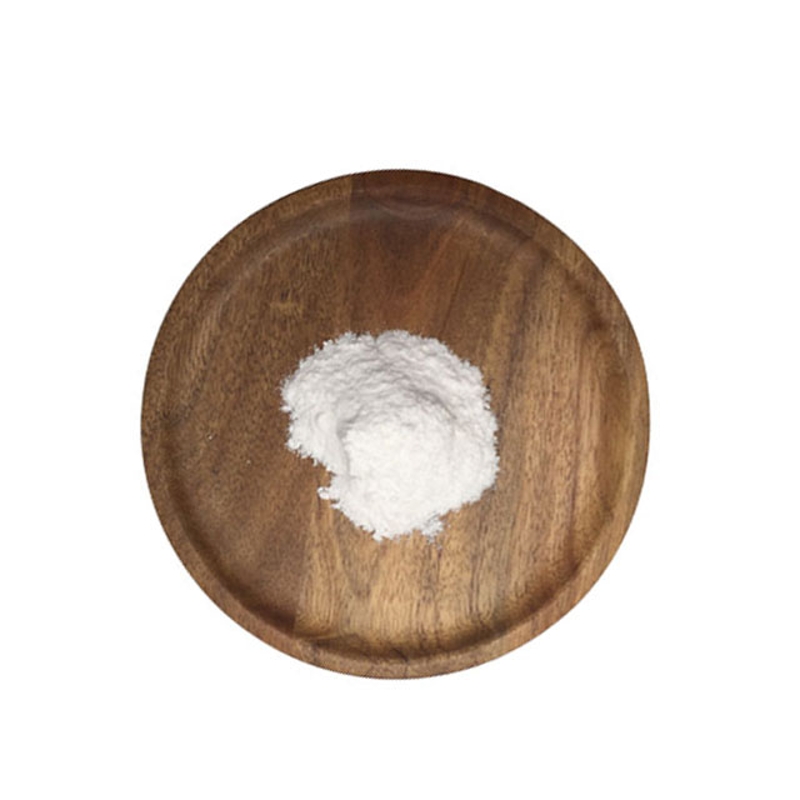-
Categories
-
Pharmaceutical Intermediates
-
Active Pharmaceutical Ingredients
-
Food Additives
- Industrial Coatings
- Agrochemicals
- Dyes and Pigments
- Surfactant
- Flavors and Fragrances
- Chemical Reagents
- Catalyst and Auxiliary
- Natural Products
- Inorganic Chemistry
-
Organic Chemistry
-
Biochemical Engineering
- Analytical Chemistry
- Cosmetic Ingredient
-
Pharmaceutical Intermediates
Promotion
ECHEMI Mall
Wholesale
Weekly Price
Exhibition
News
-
Trade Service
Malaria is an infectious disease transmitted by plasmodium through female mosquitoes and is a prominent public health problem in the world today.
there are five species of malaria parasites that can be found in humans, including plasmodium falciparum, Plasmodium ovale, Plasmodium vivax, and three Plasmodium malariae and Plasmodium knowlesi, in which plasmodium falciparum can infect red blood cells at various stages, causing severe systemic symptoms and even death, are the most threatened malaria parasites available for human health.
the 1970s, Chinese scientists such as Tuan were successful in extracting artemisinin compounds that were resistant to malaria from yellow flower artemisinin.
Artemisinin-base combination therapy (ACT) is still a first-line treatment for malignant and severe malaria, making a prominent contribution to the global fight against malaria, which won the 2015 Nobel Prize in Physiology and Medicine.
However, due to the emergence of drug-resistant malaria parasites, ACT therapy has seen cases of treatment failure in Southeast Asia and Africa, and the development of new antimalarial drugs has become an important scientific and public health problem that needs to be addressed urgently.
Figure 1 Artemisinin and ACT therapies have failed in Southeast Asia (left) and Africa (right) (pictured: left, WHO world malaria report; right, Nature Medicine, 2020), glucose is the main energy source for most animal cells and can be used as a potential treatment strategy for some related diseases by inhibiting cell intake of glucose.
In Plasmodium falciparum hexose transporter 1, the main glucose intake protein, in Plasmodium falciparum hexose transporter 1, may effectively inhibit the growth and proliferation of the parasite by inhibiting its energy intake, but the difficulty of this strategy is to directly inhibit the sugar intake of the malaria parasite without affecting human cells.
early studies of PfHT1 as an antimalarial target, there was no breakthrough in the development of inhibitors due to the lack of structural information about the protein.
As early as 2014 and 2015, Yan Ning's team, then a professor at Tsinghua University, analyzed the high-resolution crystal structures of the human glucose transport protein gLUT1 and GLUT3 (2014, 2015, Nature), while targeting PfHT1 and working with a team of structurally based small molecule drugs on the basis of structural analysis with a team of professors at Tsinghua University's School of Pharmacy.
August 28, 2020, Yanning team and the Yanhang team published an important research report online on Cell entitled Structural Basis for Blocking Sugar Uptake into The Malaria Parasite Plasmodium Falciparum, the structural basis for suppressing plasmodium falciparum sugar intake.
paper reports on two structures of PfHT1 combining natural substrate glucose with a known inhibitor, C3361, with weak selectivity and inhibition.
, the combination of C3361 led to a huge image change in PfHT1, resulting in a completely new cavity structure that can be used as a target for inhibitor design and optimization.
On the basis of this discovery, team members developed a series of more affinity-friendly and selective inhibitors that were identified in protosite suppression experiments as effective in killing malaria parasites but harmless to human-sourced cells, opening the way for the development of a new generation of antimalarial drugs.
the cell paper, the two teams collaborated to publish research on bioRxiv, a preprinted platform in the biological field, entitled: Orthosteric-allosteric dual reedors of PfHT1 as selective anti-malarial agents (selective antimalarial drug development targeting PfHT1 protein positive-other binomials). in this article,
further elaborates the design idea and structure relationship of the new generation of small molecule inhibitors series, and verifies the high lethality, low cytotoxicity and multi-periodicity of the series of small molecule inhibitors with good inhibition effect for multiple reproductive cycles of protosites through a series of proto-insect inhibition experiments, thus laying the foundation for the further development of this series of antimalarial drugs.
, in response to the increasing resistance to malaria, the team identified new drug binding points and designed a series of highly effective "positive-other" two-bit inhibitors by analyzing the PfHT1 protein structure in a substrate or inhibitor binding state.
by curbing the glucose intake of malaria parasites, this represents a new antimalarial drug research and development ideas, for the next generation of antimalarial drugs to lay the foundation for the development.
It is worth mentioning that Rao Zi and academicians commented on the above work,
The research team to block the energy intake of malaria parasites for a new approach to the development of a new generation of compounds is expected to solve the growing problem of malaria resistance;
It is reported that the co-authors of the article are Yan Ning, a former professor in the School of Life Sciences of Tsinghua University, the Faculty of Medicine, and Yan Hang, a professor in the Department of Molecular Biology at Princeton University, and Yan Hang, a professor in the School of Pharmacy of Tsinghua University.
.







